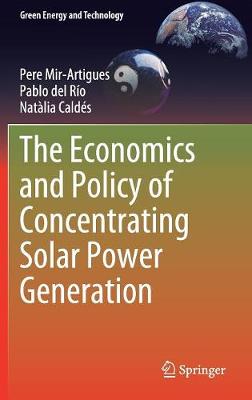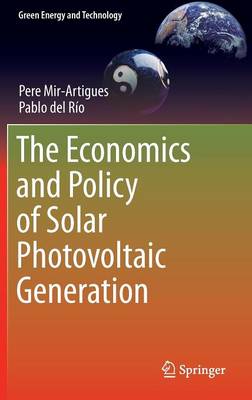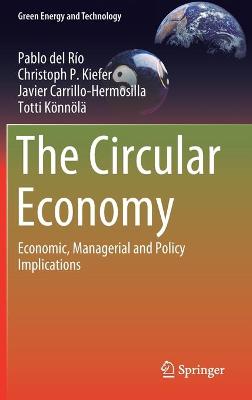Green Energy and Technology
3 total works
The Economics and Policy of Concentrating Solar Power Generation
by Pere Mir-Artigues, Pablo del Rio, and Natalia Caldes
The Economics and Policy of Solar Photovoltaic Generation
by Pere Mir-Artigues and Pablo del Rio
The Circular Economy
by Pablo del Rio, Christoph P. Kiefer, Javier Carrillo-Hermosilla, and Totti Koennoela
This book provides an in-depth analysis of the concept of the Circular Economy (CE), as well as an assessment of the drivers and barriers for circular practices by firms, and its implications for managers in firms and public policy makers. It includes proposals for policy frameworks and instruments that will encourage the uptake of CE practices.
The book is presented in three linked parts. The first part of the book provides a broad view of the topic, put into the wider context of sustainability. In the second part, the drivers of and barriers to the uptake of the CE are analysed, with a special focus on the micro-level not seen often in the previous studies on the CE.
This book is of interest to researchers, policy makers and post-graduate students in areas such as environmental management and economics.


